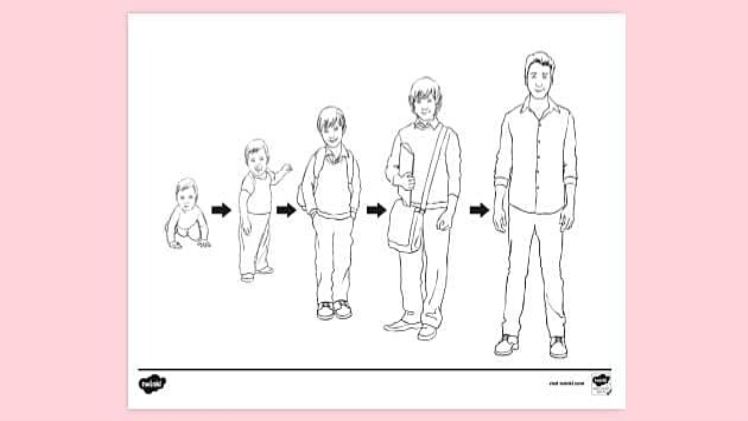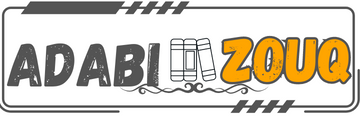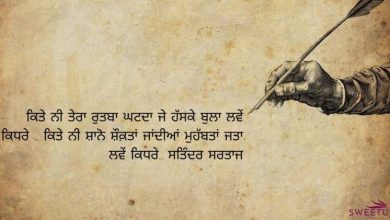The Influence of Coloring Pages on Urdu Children’s Development at Different Age Stages

Coloring pages are more than just a pastime for children; they are a tool that can significantly influence cognitive, emotional, and motor development. For Urdu-speaking children, these activities offer unique opportunities to connect with their cultural heritage while enhancing language skills.
This article delves into how coloring pages impact Urdu children’s development across various age stages, underscoring the importance of incorporating these resources into their learning and playtime activities.
Early Childhood (Ages 2-5)
During early childhood, Urdu children explore their world through shapes, colors, and patterns. Coloring pages featuring simple designs like Christmas or characters from Urdu folklore and alphabets can:
- Enhance Fine Motor Skills: Coloring within lines improves hand-eye coordination and prepares children for writing.
- Promote Language Skills: Coloring pages with Urdu alphabets and basic vocabulary can be an early introduction to the language, enhancing reading and writing readiness.
- Cultural Connection: Pages depicting traditional attire, festivals, and folktales foster a sense of cultural identity and pride from a young age.
Middle Childhood (Ages 6-8)
As children enter school age, coloring activities become more complex, involving detailed scenes and storytelling elements. At this stage, coloring can:
- Boost Cognitive Development: Engaging with more intricate coloring pages requires concentration and problem-solving, enhancing cognitive abilities.
- Foster Creativity and Imagination: Children begin to express themselves through the choice of colors and interpretations of the scenes they color, developing creativity.
- Urdu Language Enrichment: Incorporating short stories or sayings in Urdu alongside coloring pages encourages reading comprehension and vocabulary expansion.
Pre-Adolescence (Ages 9-12)
Pre-adolescents are at a critical stage of development where self-expression and identity become focal points. Coloring pages at this age can:
- Support Emotional Expression: Coloring provides an outlet for expressing feelings and navigating the complexities of pre-adolescent emotions.
- Enhance Learning and Memory: Complex coloring pages related to Urdu language, history, and science can serve as educational tools that reinforce classroom learning.
- Strengthen Cultural Bonds: Coloring pages that delve into historical events, literary figures, and advanced language elements help deepen the connection with Urdu culture.
The Impact of Digital Coloring Tools
The rise of digital coloring tools offers new dimensions to the coloring experience. For Urdu children, apps that include interactive coloring pages featuring cultural and linguistic elements can:
- Provide Accessibility: Digital platforms make accessing culturally relevant coloring content easier for Urdu children worldwide.
- Encourage Continuous Learning: Interactive features can offer instant feedback and language learning aids, making the process educational and entertaining.
- Bridge Generations: Digital coloring activities can be shared across generations, promoting family bonding over cultural heritage and language.
The influence of coloring pages on the development of Urdu children is profound, touching on cognitive, emotional, and cultural growth. Parents and educators can provide a foundation for artistic expression, language development, cultural awareness, and emotional health by carefully selecting and integrating coloring activities into their daily routines.
As we move forward, blending traditional coloring with digital innovations will continue to enrich the learning landscape for Urdu children at each stage of their development.
Source: ESLE





